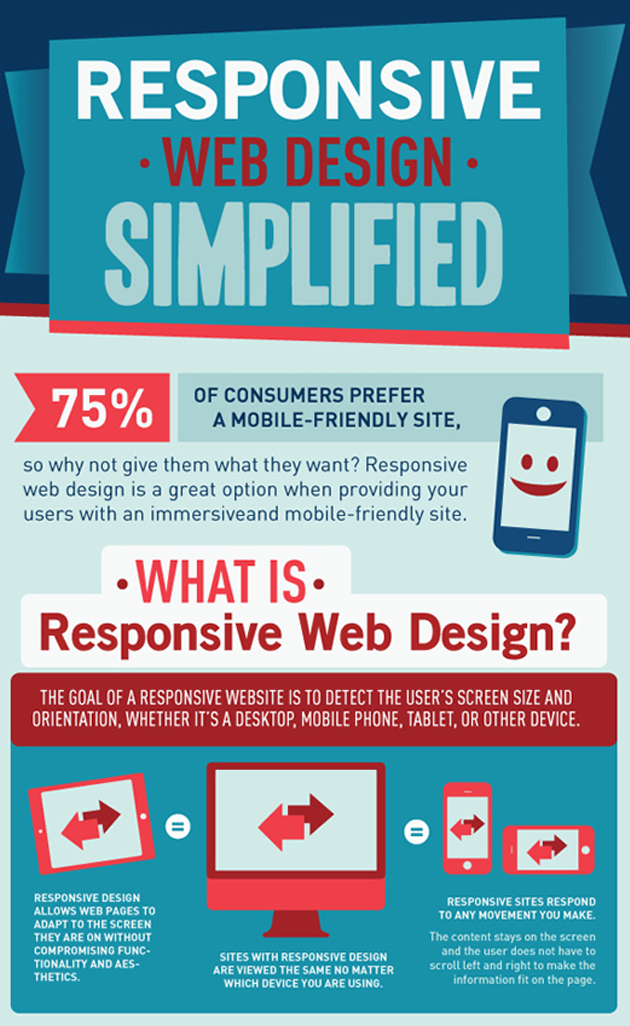The Development Of Website Design: Then And Now
The Development Of Website Design: Then And Now
Blog Article
Authored By- relevant web-site
In the past, web sites were simple and focused on details. Navigation was straight, and design was for desktop computers. Currently, customer experience is essential. Data overviews styles for easy navigating. Responsive formats fit various gadgets. Today, dark setting minimizes stress, and minimal food selections enhance navigation. Interactive features engage individuals, and strong visuals attract attention. AI assimilation enhances interaction. See just how style has actually evolved to enhance your online journey.
Very Early Days of Website Design
In the early days of website design, simplicity reigned supreme. Websites were standard, with limited colors, fonts, and layouts. The emphasis was on supplying information as opposed to flashy visuals. Users accessed the net via slow-moving dial-up links, so speed and capability were key.
Navigation menus were straightforward, generally situated at the top or side of the page. Websites were made for computer, as mobile browsing wasn't yet prevalent. Material was king, and developers focused on very easy readability over intricate layout aspects.
HTML was the key coding language made use of, and developers needed to function within its constraints. Animations and interactive attributes were very little contrasted to today's standards. Websites were fixed, with little vibrant web content or personalized individual experiences.
Surge of User-Focused Layout
With the evolution of site layout, a change in the direction of user-focused style concepts has become progressively noticeable. Today, developing sites that focus on customer experience is essential for engaging visitors and accomplishing service goals. User-focused style entails understanding the requirements, choices, and actions of your target audience to tailor the web site's layout, material, and includes appropriately.
Developers currently perform detailed study, such as individual studies and functionality testing, to gather understandings and responses straight from users. This data-driven technique helps in creating intuitive navigation, clear calls-to-action, and aesthetically appealing user interfaces that reverberate with visitors. By positioning the customer at the facility of the design process, web sites can provide a more tailored and pleasurable experience.
Receptive layout has likewise become a crucial facet of user-focused style, making certain that sites are maximized for numerous tools and display dimensions. discover here enhances access and use, accommodating the diverse means users connect with websites today. Fundamentally, the increase of user-focused layout signifies a shift towards producing digital experiences that prioritize the needs and assumptions of the end individual.
Modern Trends in Website Design
Explore the latest trends shaping website design today. One popular fad is dark setting style, providing a sleek and modern-day look while decreasing eye stress in low-light settings. Another crucial pattern is minimal navigating, simplifying menus and enhancing user experience by focusing on essential elements. Including micro-interactions, such as computer animated buttons or scrolling results, can develop a more interesting and interactive web site. Responsive layout remains essential, guaranteeing seamless individual experiences throughout different tools. In addition, utilizing bold typography and unbalanced layouts can add visual interest and draw attention to details web content.
Incorporating AI technology, like chatbots for customer support or customized recommendations, enhances customer involvement and streamlines procedures. Accessibility has additionally become a considerable fad, with designers prioritizing comprehensive design methods to accommodate varied individual needs. Accepting sustainability by maximizing web site efficiency for speed and effectiveness is another emerging pattern in web design. Working together with individual responses and data analytics to repeat and improve style continuously is essential for remaining pertinent in the ever-evolving electronic landscape. By embracing these modern-day patterns, you can create an aesthetically enticing, easy to use website that reverberates with your target market.
Conclusion
As you review the development of web site style from the early days to now, you can see exactly how user-focused design has actually ended up being the driving pressure behind modern trends.
Welcome the trip of modification and adjustment in web design, always maintaining the user experience at the forefront.
Tippingpointdigital
Remain current with the most recent fads and innovations, and never ever quit evolving your method to produce visually spectacular and easy to use web sites.
Progress, adjust, and create - the future of web design is in your hands.
